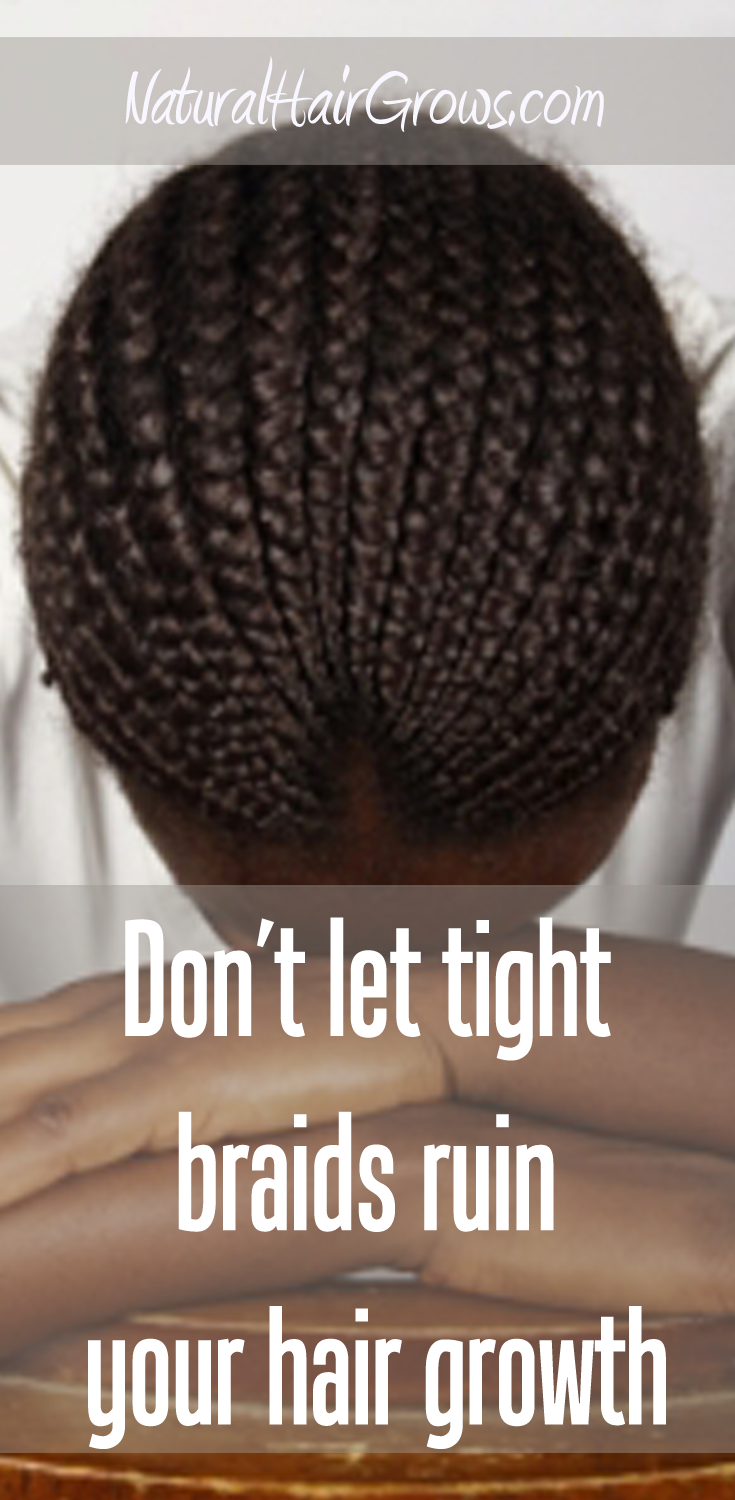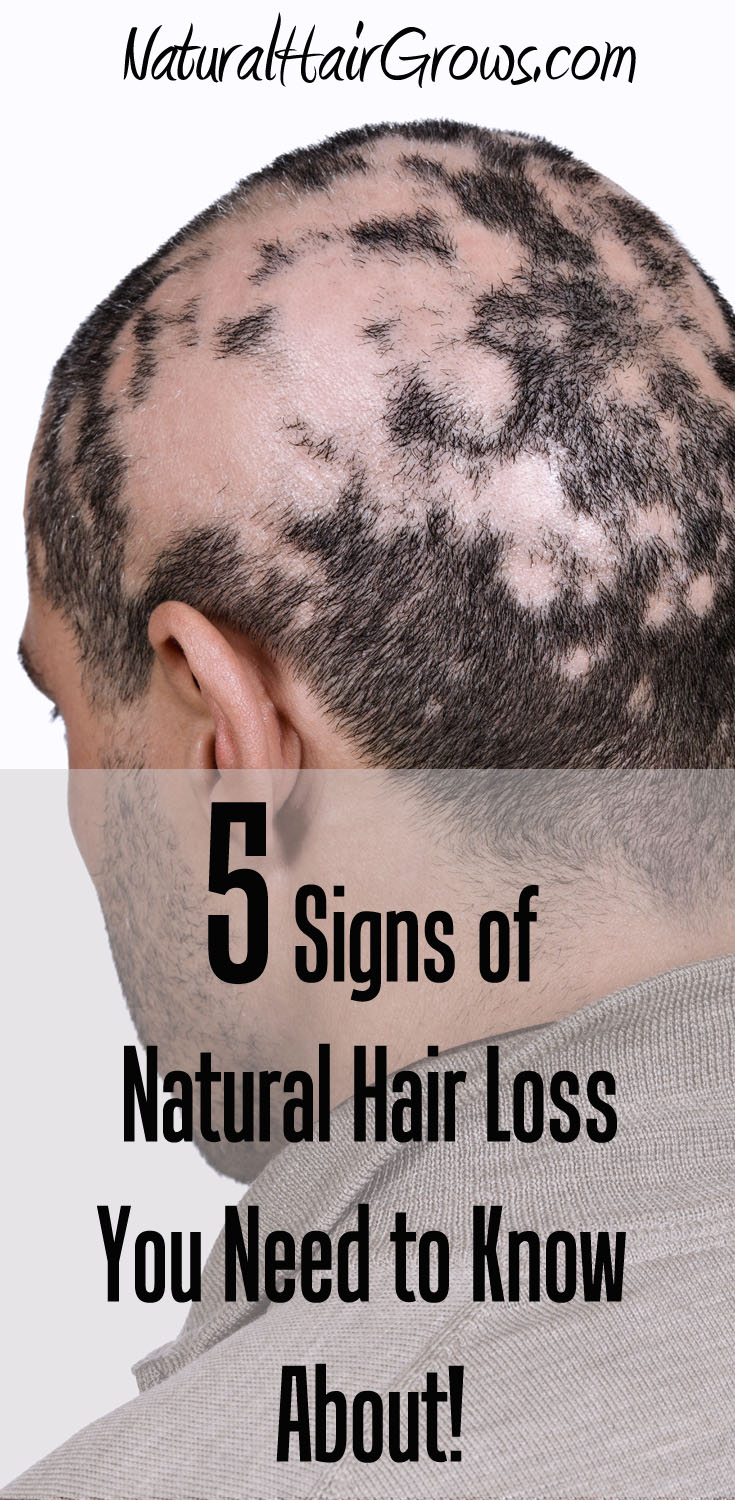African-American Hair Braiding Styles and Traction Alopecia

Do you want to see a style that mixes cornrow braids and two-strand twists? Click here.
African and African-American hair braiding styles can be beautiful choices for natural hair. The many options like micro braids, cornrow braids, goddess braids, zig-zag braids, and box braids are only a few of the ways to create sleek styles that turn heads.
Yet before you pick out the do, be aware of wearing tight braids which create tension on the scalp. If this happens, traction alopecia (hair loss at the scalp) can occur. According to Dr. Deborah Scott (1988) traction alopecia (See Picture 1 and Picture 2) is common among African-Americans because of their practice with tightly braided styles such as cornrows.
The tension can at first loosen the hair at the follicle, which is located under the skin and is responsible for growing hair. If the tension and loosening of the hair is caught early, the style can be adjusted and another looser, gentler style can be used. However, if the style continues to cause tension at the scalp, the follicles can become enflamed and atrophy. This is serious because your hair growth may permanently change with no chance to recover. No longer will long and natural hair grow where hair was braided very tightly, but rather thinner and shorter strands will take their place. (Hantash & Schwartz, 2006)
According to Hantash and Schwartz (2006), this phenomenon was first interestingly noted all over the world in the following ways:
“In 1907, the first example of traction alopecia was reported in girls and women from Greenland who styled their hair in a ponytail. A similar pattern of hair loss was later noted in Japanese women who wear a traditional hairdo. In Sikhism, one of the religions practiced in India, men grow both scalp hair and beard hair. To keep their hair from falling in front of their face, it is tightly pulled into a bun. This practice has led to traction alopecia in Sikh men.… The use of hair extensions, a common treatment for male or female pattern baldness, is also associated with a similar type of hair loss.”
While it is an international phenomenon, it is most common for African-American women. However, we also see that not only African-American hair braiding styles, but any styling technique that causes tension, such as buns, curlers, hair clips and ponytail holders, have to be observed. The clue is usually if the style hurts your head and scalp, it is time to shut it down. Braiding styles can be stylish options; just check how tight the hair is being braided so your natural hair growth is not affected.
References:
- Hantash, B.M,. & Schwartz, R.A. (2006). Traction Alopecia eMedicine from
WebMD Retrieved on 1/7/2009 at http://emedicine.medscape.com/article/1073559-overview
- Scott, D.A.(1988) Disorders of the Hair and Scalp in Blacks
Dermatologic Clinics, 6(3), 387-395.





